The MacGregor 26 is a trailerable sailboat designed by Roger MacGregor and first built in 1986, with production ending in 20131. It is a small recreational sailboat, built predominantly of fiberglass, with models designed for sailing and motor-sailing. It has a fractional sloop rig, a transom-hung rudder or two, and a centerboard or daggerboard keel, depending on the model, with flooding water ballast1. The ballast is drained for economical road transport. There are several models of the MacGregor 26 sailboat, and here are some differences between them:
- MacGregor 26D: Daggerboard-equipped model introduced in 1986 and produced until 1989. This model is why MacGregor is credited with inventing water ballast for recreational sailboats. It was done to replace the steel ballast of the company’s earlier Venture models21 so the vessel could be towed by a passenger car rather than a truck. When all MacGregor 26 models are fully water ballasted, this is the fastest model.
- MacGregor 26S: Centerboard-equipped model introduced in 1990 and produced until 1995. It is lighter than the 26X or 26M and carries a proportionally smaller amount of sail31.
- MacGregor 26X: Centerboard-equipped, dual-rudder, motor-sailing model introduced in 1995 and produced until 2003, with over 5000 produced. It has a larger cabin and a more powerful engine than earlier models1. It is also considered an ocean going sailboat and has been reviewed that way. The manufacturer designed it for heavy weather racing. He also intended the water ballast to be moved off the vessel for light wind racing. With water ballast moved off the sailboat, the 26X is the fastest of the models.
- MacGregor 26M: Centerboard-equipped, dual-rudder, motor-sailing model introduced in 2003 and produced until 2013. It has a more traditional displacement hull than the 26X, which has a planing hull aft, and a smaller transom with rounded corners, making it look and sail more like a conventional displacement hulled sailboat4. It has a rotating mast. It also has a more powerful engine than the X.
There is also a MacGregor 26C, which is believed to have a centerboard5. With the possible exception of the X (extreme) model. The MacGregor 26 was designed for typical small cruising boat use-inland waters and limited coastal sailing6. It is about 30 miles on the Pacific Ocean to Catalina Island which the manufacturer recommends for a destination.
The MacGregor surname is a Scottish surname that is most common in Highland, including the historic counties of Caithness, Inverness-shire, Sutherland. The name is an Anglicized form of the Scottish Gaelic MacGriogair, which was originally a patronym and means “son of Griogar”. The Gaelic personal name Griogar is a Gaelicized form of the name Gregory. The surname was banned in Scotland several times prior to the 18th century, in an effort to clamp down on the unruly clan. The prefix “Mac” in MacGregor means “son of” in Scottish Gaelic1. According to Forebears, there are 3,988 people in Scotland with the surname MacGregor, as of 2014. Under the MacGregor name, approximately 45,000 boats were produced2.
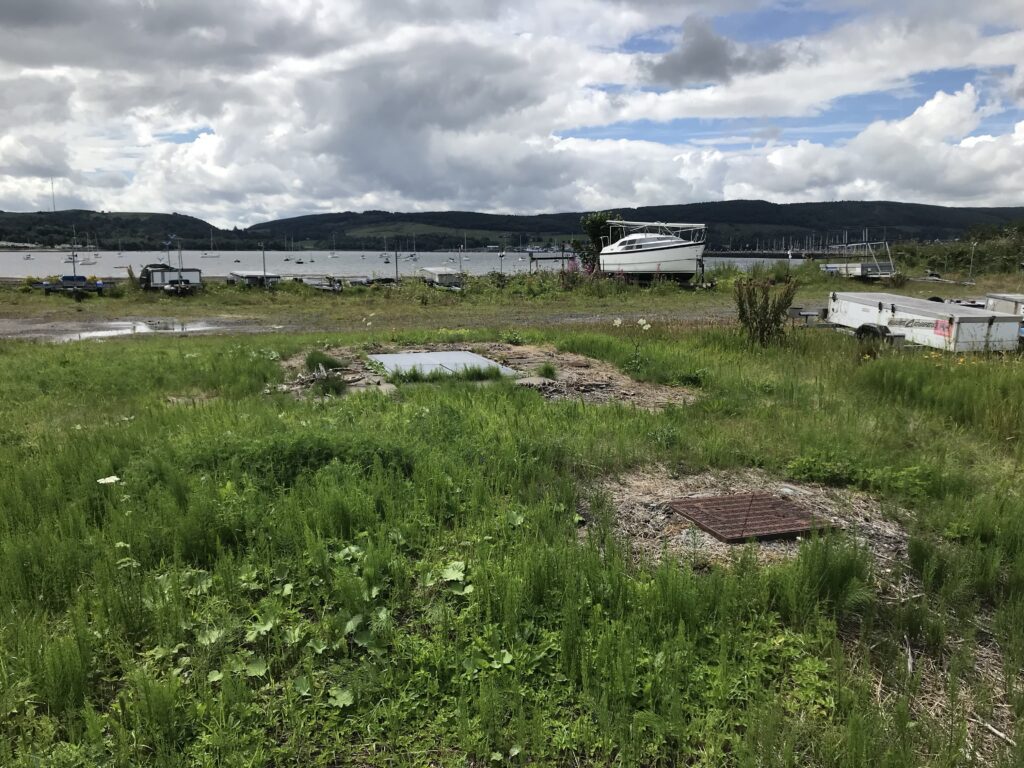
Why are MacGregors villains rather than victims? Describe the various efforts to purge Macgregors from Scotland. Are MacGregors Catholic? Are MacGregors Jackobites? Did a MacGregor accompany Bony Prince Charles when he freed Scotland from the UK?
The MacGregor brand of boats is significant as it is a well-known manufacturer of small, trailerable sailing yachts136. The company was founded by Roger MacGregor in the early 1960s as part of a Stanford University MBA class project15. MacGregor Yacht Corporation produced small, trailerable sailing yachts, from a 15-foot catamaran to 17-foot pocket cruisers, up to 26-foot water ballasted trailerable sizes1. The 26 foot boats are unique in design and different in many ways from each other, but they all have in common fiberglass construction, a water ballast system, trailerability, and the MacGregor brand3.
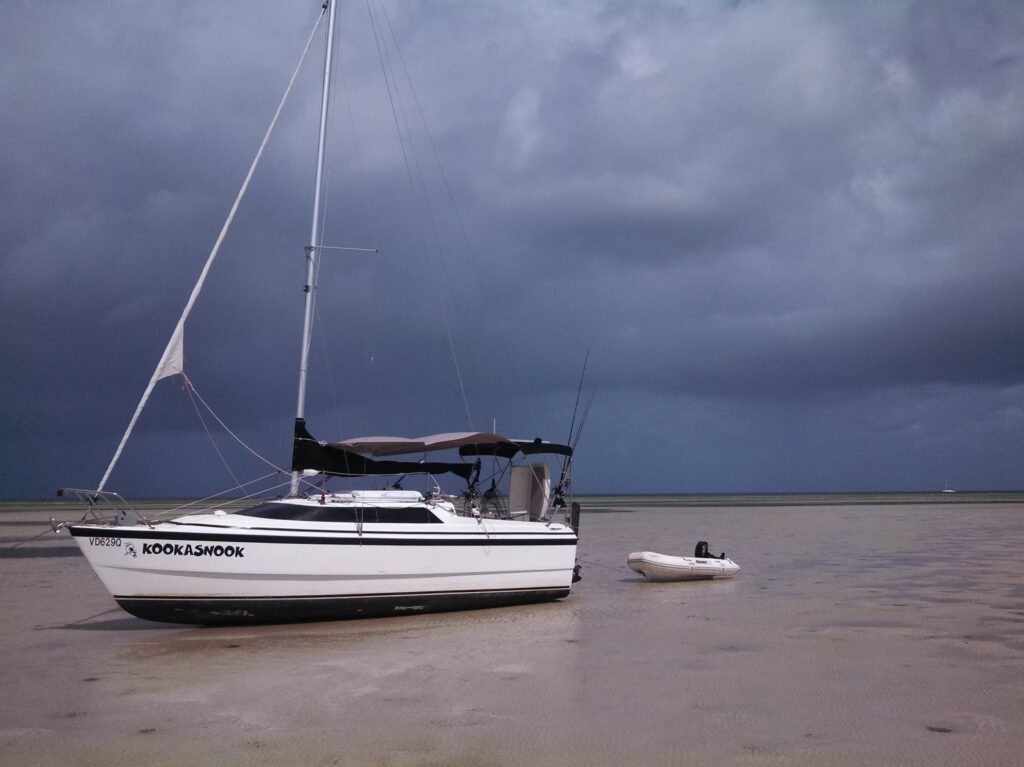
The MacGregor sailboats are also known for being environmentally friendly3. The number of boats bearing the MacGregor brand outnumbers the number of people named MacGregor still living in Scotland. The boats are a significant part of the MacGregor legacy and continue to be popular among sailing enthusiasts136.
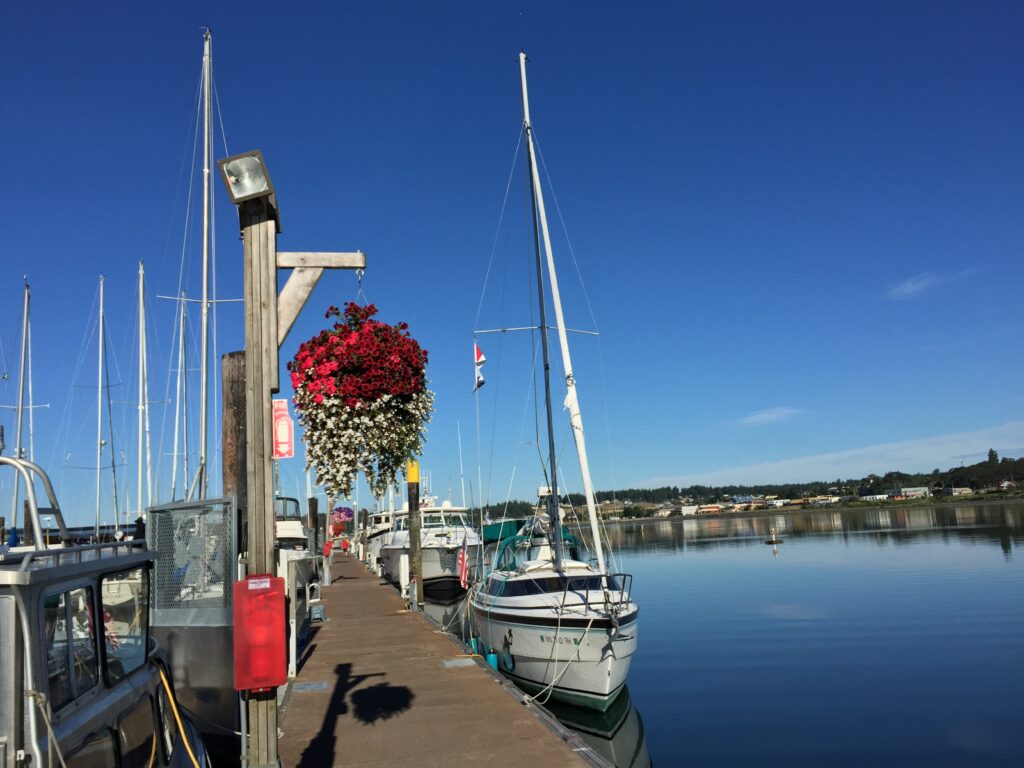
1. Why are MacGregors villains rather than victims?
The MacGregors have been portrayed as villains in some instances due to their involvement in conflicts with other clans, particularly the Campbells. The Campbells persecuted the MacGregors, leading to their losses and suffering4.2.
Describe the various efforts to purge MacGregors from Scotland.
The MacGregors faced persecution and efforts to purge them from Scotland. In 1603, an edict was issued by James VI of Scotland that declared the name of MacGregor abolished, meaning anyone bearing the name had to renounce it or face death4. This led to the MacGregors being hunted down and their lands confiscated.3.
Are MacGregors Catholic?
While the MacGregors were largely Catholic during the reign of Prince Charles, it is important to note that religious affiliations can vary within a clan, and individuals may have different religious beliefs1.4.
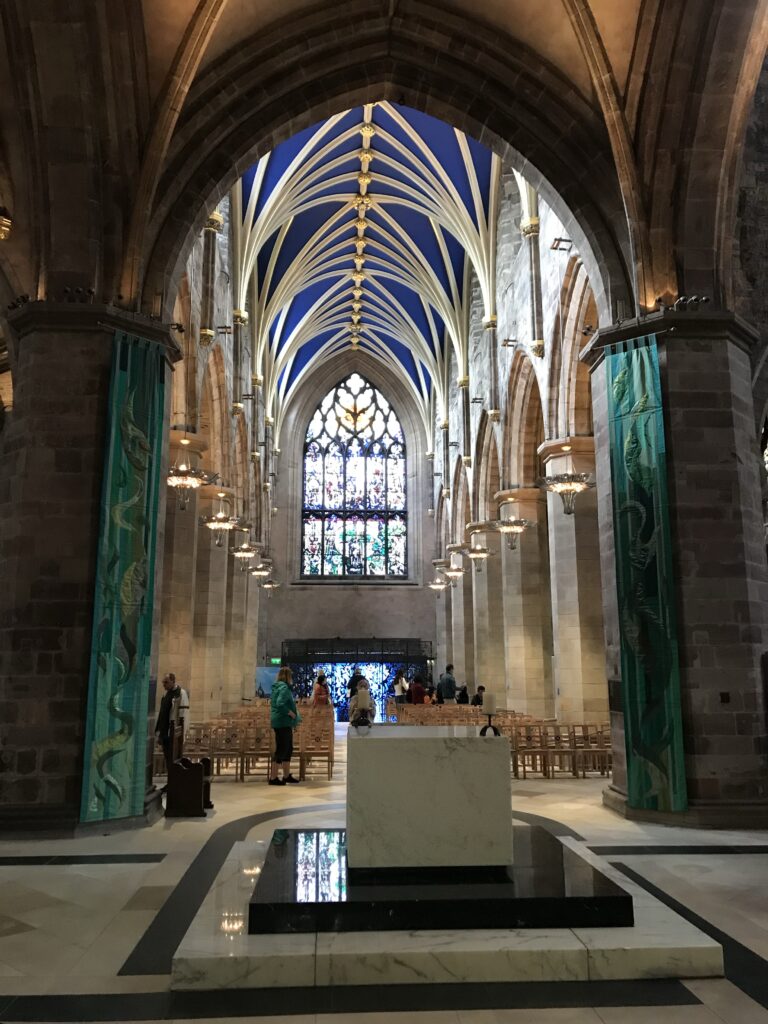
Overall, the MacGregors have a complex history, facing persecution and being portrayed as both villains and victims. Their religious affiliations and involvement in specific historical events can vary within the clan.
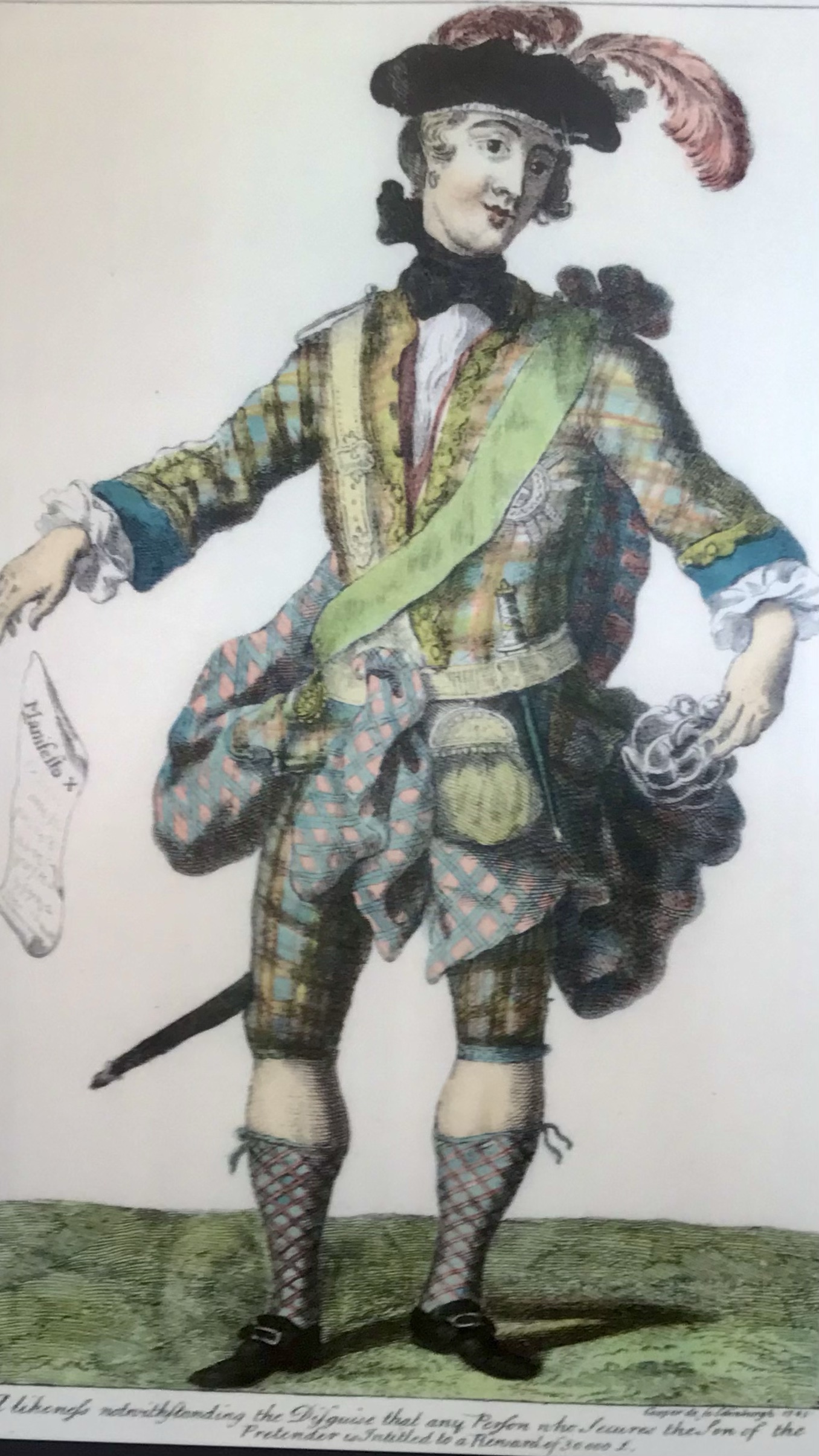
MacGregors as a whole were probably not Jacobites. However, during the 1745 Rising, at least one member of the clan, who later fled to North Carolina USA, rallied to Prince Charles Edward Stuart, also known as Bonnie Prince Charlie3.
The depiction to the left is from a wanted alive poster for Prince Charles. Killing a Royal – even in exile – was a crime against God.
It is worth noting that the MacGregors were rewarded for their loyalty to Prince Charles during his reign in Scotland1.
What was the reason for the persecution of the MacGregors by the Campbells
The persecution of the MacGregors by the Campbells was due to a combination of factors, including land disputes and political alliances. Here are the details from the search results:
- The Campbells and MacGregors were previously close allies who had expanded together from their base in Argyll4.
- The MacGregors were defeated in a battle against the Campbells, lost lands to the Campbells by Royal decree1.
- Colin Campbell refused to recognize the claim of Gregor Roy MacGregor to the estates, and for ten years Gregor waged a war against the Campbells. He was an outlaw who raided cattle and sheltered in the high glens. However, in 1570, he was captured and murdered by the Campbells2.
- The chiefship was claimed by Gregor Roy MacGregor’s son, Alistair, but he was unable to stem the Campbell’s persecution of his kinsmen, who over time became known as the Children of the Mist, a name associated with the MacGregors due to the extent of their losses2.
- John Drummond, of Clan Drummond, was the king’s forester and was subsequently killed after hanging a number of MacGregors for poaching. The chief took responsibility for the killing, and it was condemned by the Privy Council2.
- Following the bloodshed, James VI, in a bid to dismantle the clan, forced MacGregors – and Gregors – to drop their name or risk punishment3.
Overall, the persecution of the MacGregors by the Campbells was a result of a long-standing feud between the two clans, which was fueled by land disputes, political alliances, and personal vendettas.
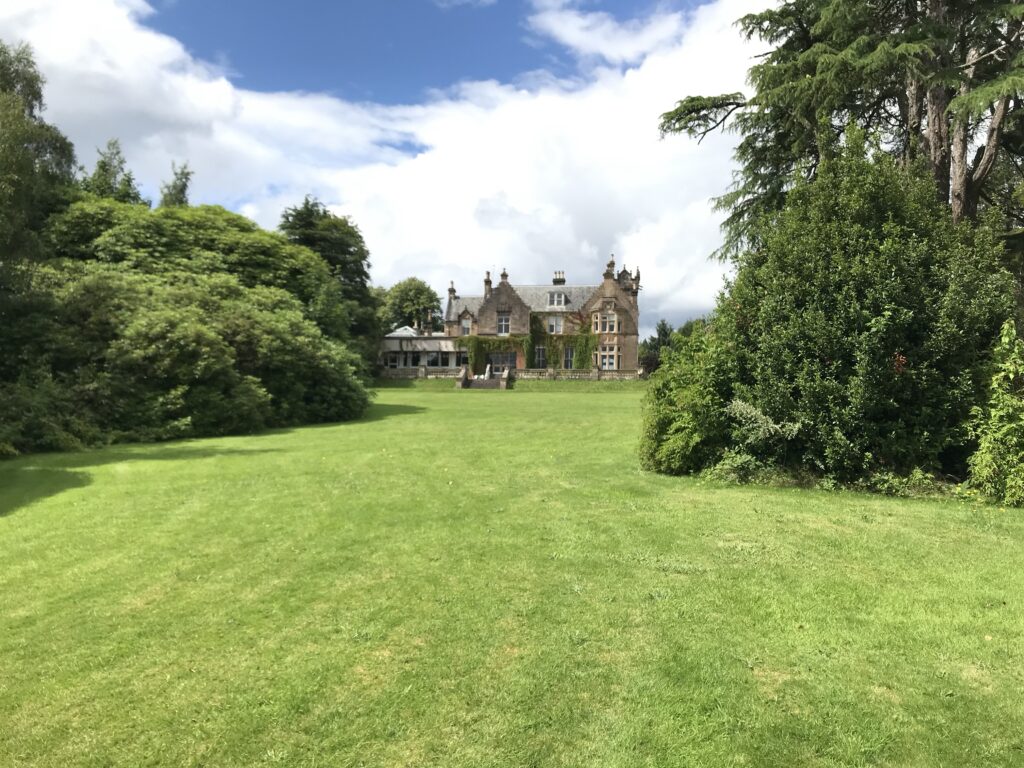
The Battle of Glen Fruin was a significant event for the MacGregors, and here is why:
- The Battle of Glen Fruin was fought on February 7, 1603, between the Clan Gregor (MacGregor) and its allies against the Clan Colquhoun12356.
- The MacGregors’ courage in attacking a superior force was justified by Alasdair’s generalship1.
- The battle was one of the most savage interclan battles in Scotland, and it resulted in the defeat of the Colquhouns and the outlawing of the MacGregors2.
- The battle was sparked by a raid led by Duncan Mackewin MacGregor, tutor of Glenstra, against the Colquhouns on December 7, 16026.
- The MacGregors were heavily outnumbered, but they managed to win the battle, which was a significant victory for the clan3.
- The battle had long-lasting consequences for the MacGregors, as it led to their proscription and persecution by the Scottish government5.
- The MacGregors were forced to change their name or face death, and many were hunted down and killed5.
Overall, the Battle of Glen Fruin was a significant event for the MacGregors, as it was a major victory against their enemies, but it also led to their proscription and persecution by the Scottish government. The battle had long-lasting consequences for the clan, and it is remembered as one of the most savage interclan battles in Scotland.

How did the MacGregors get the name “Children of the Mist”
The MacGregors got the name “Children of the Mist” due to their losses and suffering.
- The name “Children of the Mist” was given to the MacGregors due to their losses and suffering135.
- The name MacGregor comes from the Gaelic “MacGrioghair” meaning “Son of Gregory”1.
- The term “Children of the Mist” was coined by novelist Sir Walter Scott16.
- The MacGregors were known as legendary outlaws who suffered the extremes of state oppression5.
- The term “Children of the Mist” was used to describe the MacGregors in the 19th century by Sir Walter Scott, who was the founder of Scottish tourism6.
- The sons of Gregor lost so much that oral tradition has dubbed them “Children of the Mist.”3.
Overall, the MacGregors got the name “Children of the Mist” due to their losses and suffering, which was coined by Sir Walter Scott in the 19th century. In the novels, the MacGregors are referred to as the “Children of the Mist” by Sir Walter Scott35. The novels that mention this nickname include “Rob Roy” and “Children of the Mist” by Nigel Tranter35.
What other nicknames or titles were given to the MacGregors
The MacGregors had several other nicknames or titles that were given to them. Here is the information from the search results:
- The MacGregors were known to assume different names while compelled to relinquish their own. Some of the favorite names they adopted were Campbell, Graham, Stewart, and Drummond1.
- James VI forced the MacGregors to drop their name or risk punishment, which led them to adopt other names to avoid persecution2.
- The MacGregors were known to use other clan names, such as Balfour, Ferguson, Livingston, Buchanan, Gordon, and MacAlastair3.
- The name MacGregor itself comes from the Gaelic “MacGrioghair,” meaning “Son of Gregory”4.
- Novelist Sir Walter Scott referred to the MacGregors as the “Children of the Mist”5.
- The MacGregors were also associated with the nickname “Scots,” which became synonymous with “raiders”6.
Overall, the MacGregors adopted various names and nicknames, such as Campbell, Graham, Stewart, Drummond, and others, to avoid persecution. They were famously known as the “Children of the Mist” and were also associated with the nickname “Scots.”
What was the significance of the names Campbell, Graham, Stewart, and Drummond for the MacGregors
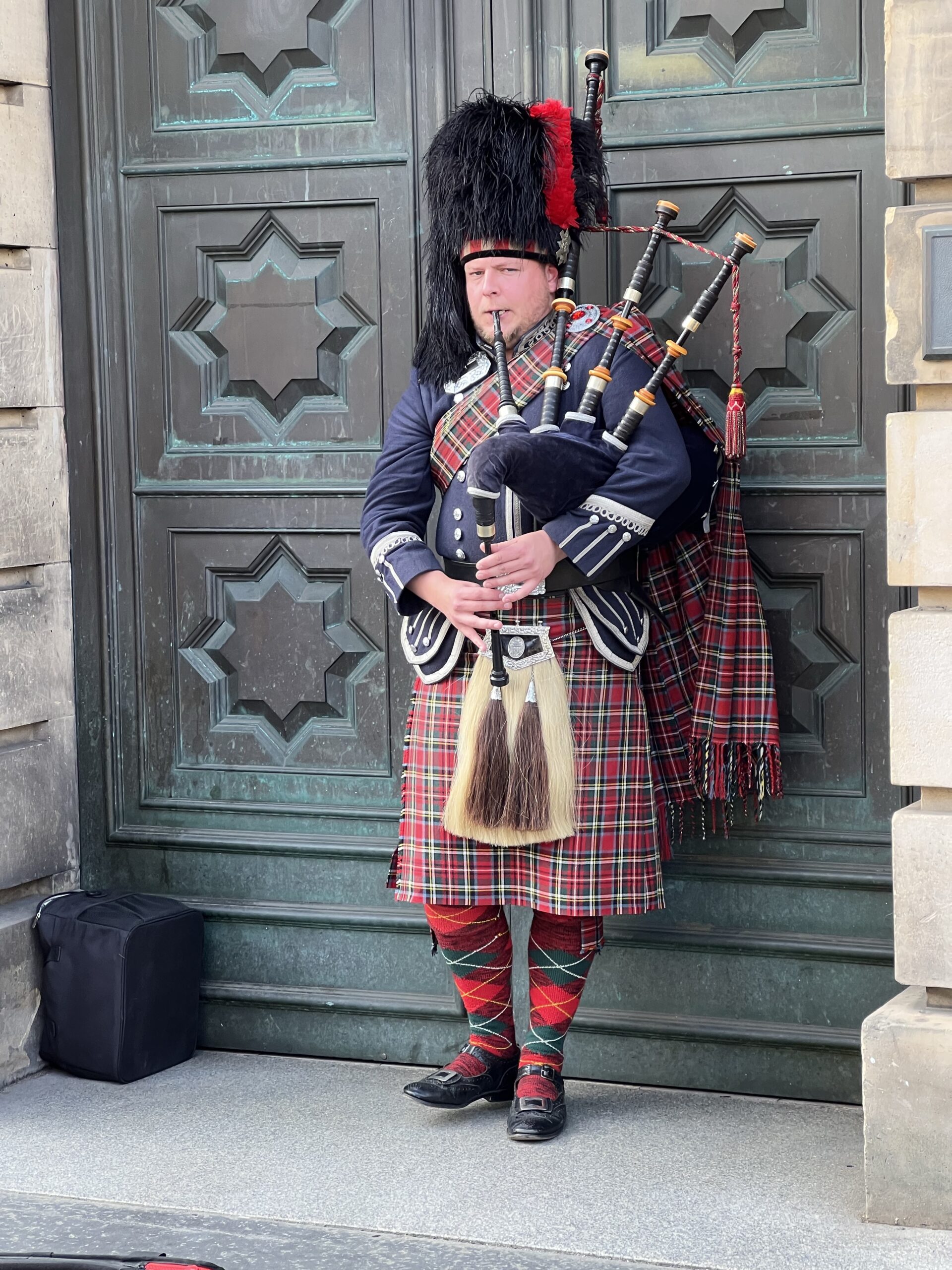
The names Campbell, Graham, Stewart, and Drummond were significant for the MacGregors because they were some of the favorite names assumed by the clan while compelled to relinquish their own to avoid persecution12346. The MacGregors were forced to drop their name or risk punishment, which led them to adopt other names to avoid persecution. The names Campbell, Graham, Stewart, and Drummond were influential families in Scotland, and adopting these names helped the MacGregors blend in and avoid detection. Many MacGregors adopted these names, and they became synonymous with the clan.
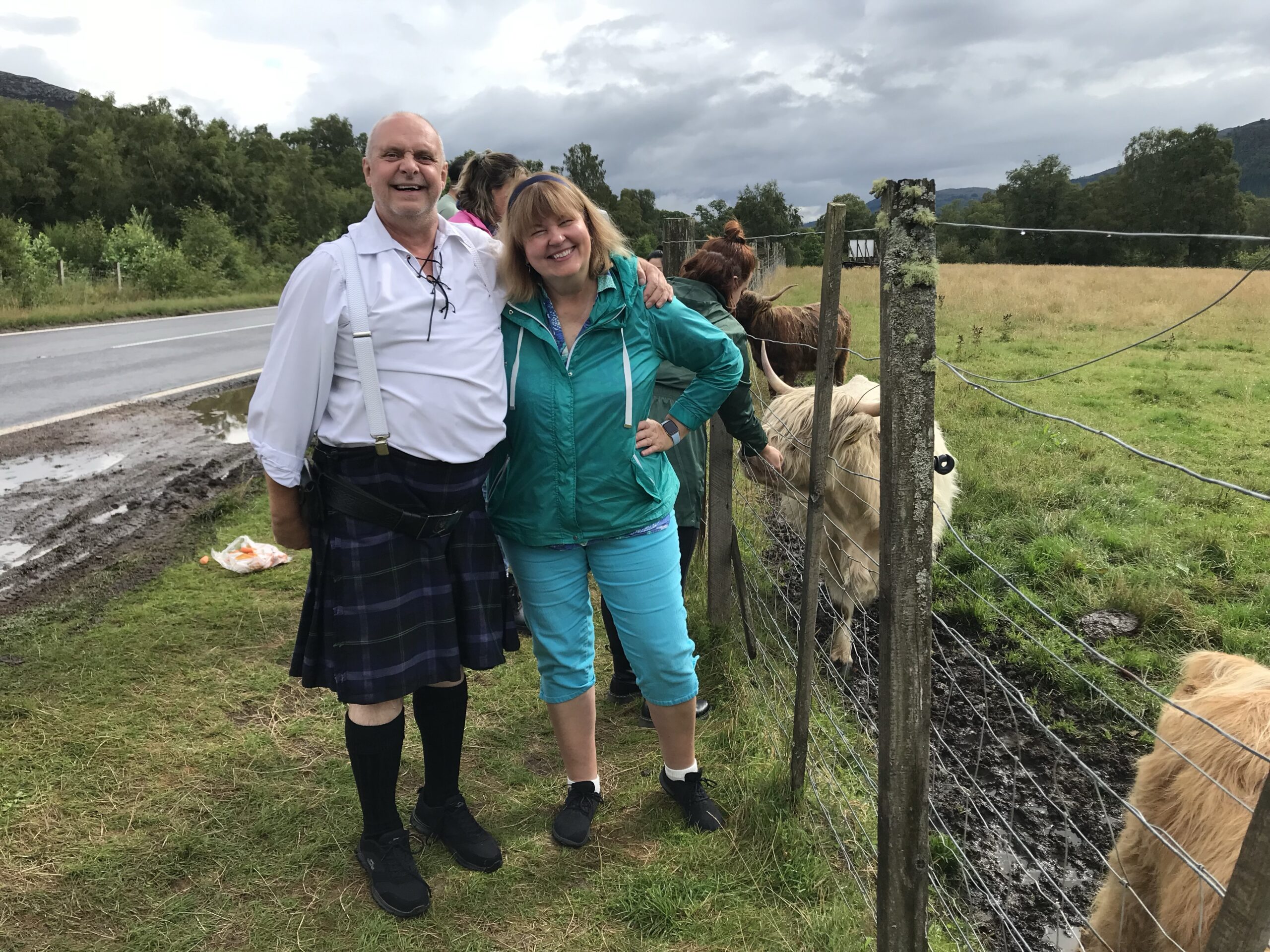
The MacGregors also used other clan names, such as Balfour, Ferguson, Livingston, Buchanan, Gordon, and MacAlastair4. Overall, the significance of these names for the MacGregors was that they allowed the clan to avoid persecution and continue to exist despite the efforts to eradicate them.
Did MacGregors flee Scotland? What countries did the flew to? Are any living in California? Are California MacGregors boat builders in the USA? Are McGregors also MacGregors?
MacGregors fled Scotland in fear of being persecuted by death2. It is unclear how many MacGregors fled Scotland and where they went, but it is known that some went to England and other parts of the United Kingdom.
The California MacGregors are Macgregor brand boat builders in the USA. The MacGregors are a Scottish clan, and their history is primarily associated with Scotland., McGregors are also MacGregors. The name McGregor comes from the Gaelic “MacGrioghair,” meaning “Son of Gregory”14. The name has been spelled in various ways over time, including MacGregor, McGregor, and McGruder1. Despite the different spellings, they all refer to the same Scottish clan.
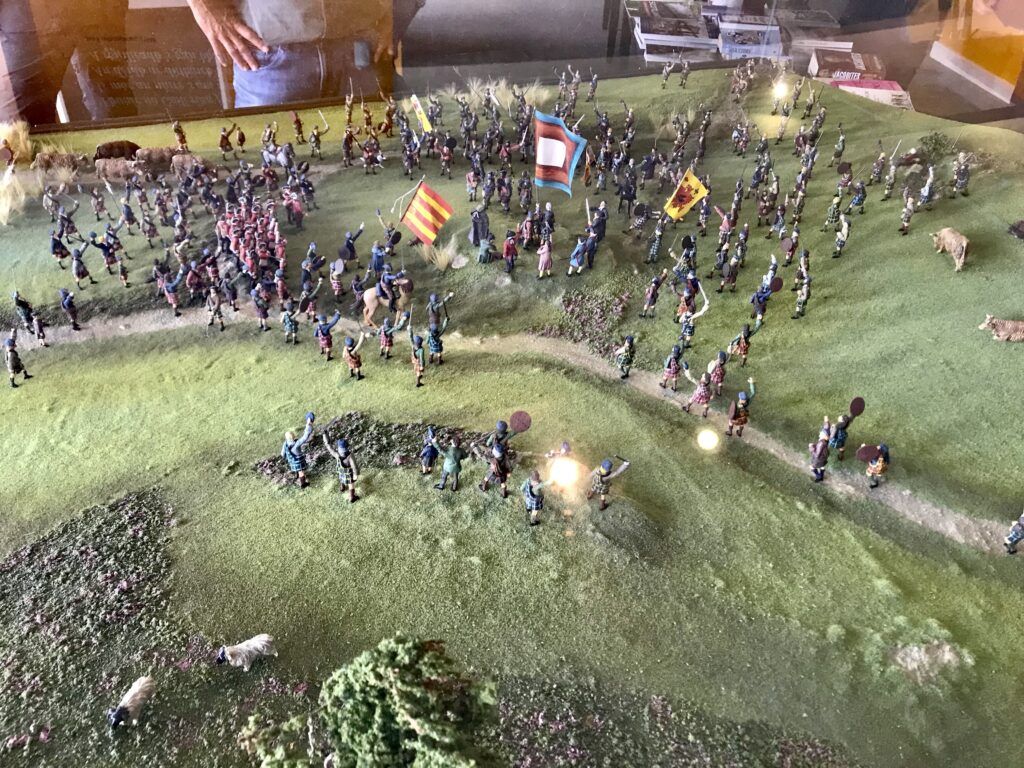
The attraction to migrate to North Carolina as a gathering place for several Scottish immigrant groups appears to have been influenced by the Royal Governor of the Colony at the time, Gabriel Johnston, himself a native Scotsman, who in 1739 persuaded about 350 Highland Scots to relocate to the Carolinas[xiii]. This group became known as the Argyll Colony.
…
Archibald is thought to have settled with his fellow Highlanders, where the Gaelic language flourished. Whether he settled in the Cape Fear Valley along the river, or in the mountainous regions round about which was reported to have several Gaelic speaking settlements, or elsewhere in the region, is only speculative. It is known that Archibald and Edith MacGregor were living in North Carolina when their first and only child, Ann MacGregor, was born. She was born on the 14th of February, 1756. Sometime in 1758 Archibald MacGregor died from complications attributed to the wounds he had received at the battle in Culloden Moor.
Archibald MacGregor and the Battle of Culloden Moor by Steven C. Gardner
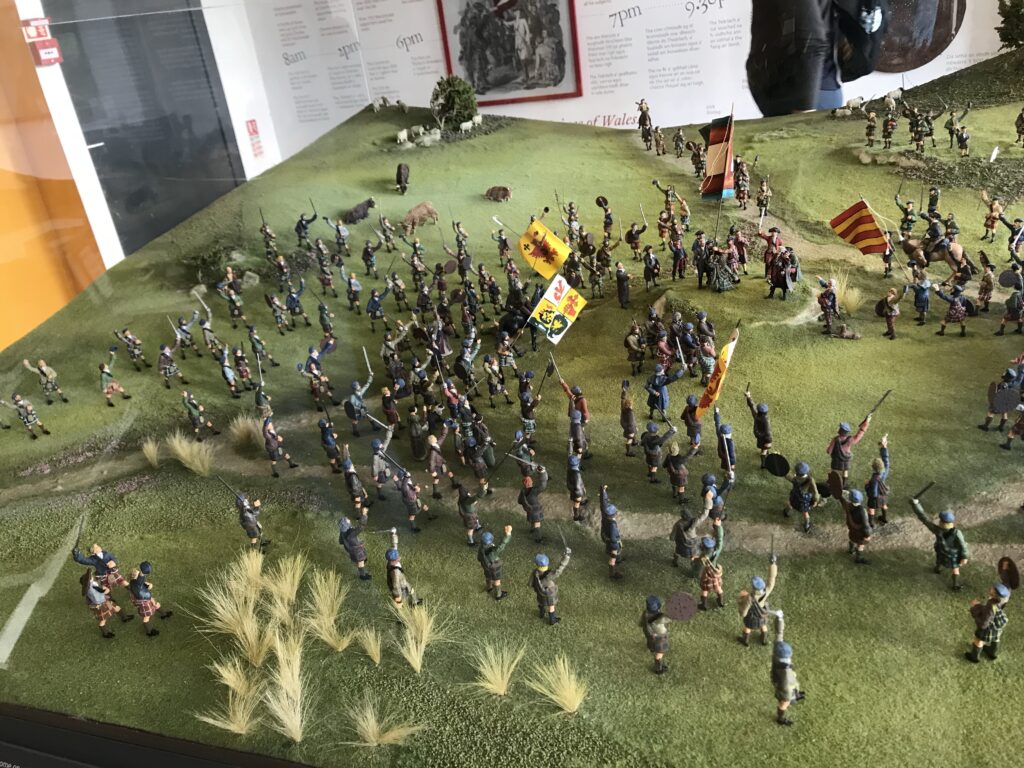
The Tattoo 26, is a trailerable, 26-foot motorsailer built by Paul Sharp and Laura MacGregor Sharp. Laura is the daughter of Roger MacGregor, designer and builder of the MacGregor 26.
- The MacGregor 26 sailboats are prevalent outside of Scotland, as they were built by MacGregor Yacht Corporation in the United States6.
- The Tattoo 26 is a sailboat built by Tattoo Yachts, which is a separate company from MacGregor Yacht Corporation. It is similar to the MacGregor 26M, but it is not the same125.
- The MacGregor 26X and MacGregor 26M are both sailboats and motor-sailboats. They have a more powerful engine than earlier models, making them suitable for motor-sailing16.
- MacGregor 26 sailboats can be trailered in Scotland, but it is important to comply with local regulations and obtain the necessary permits1.
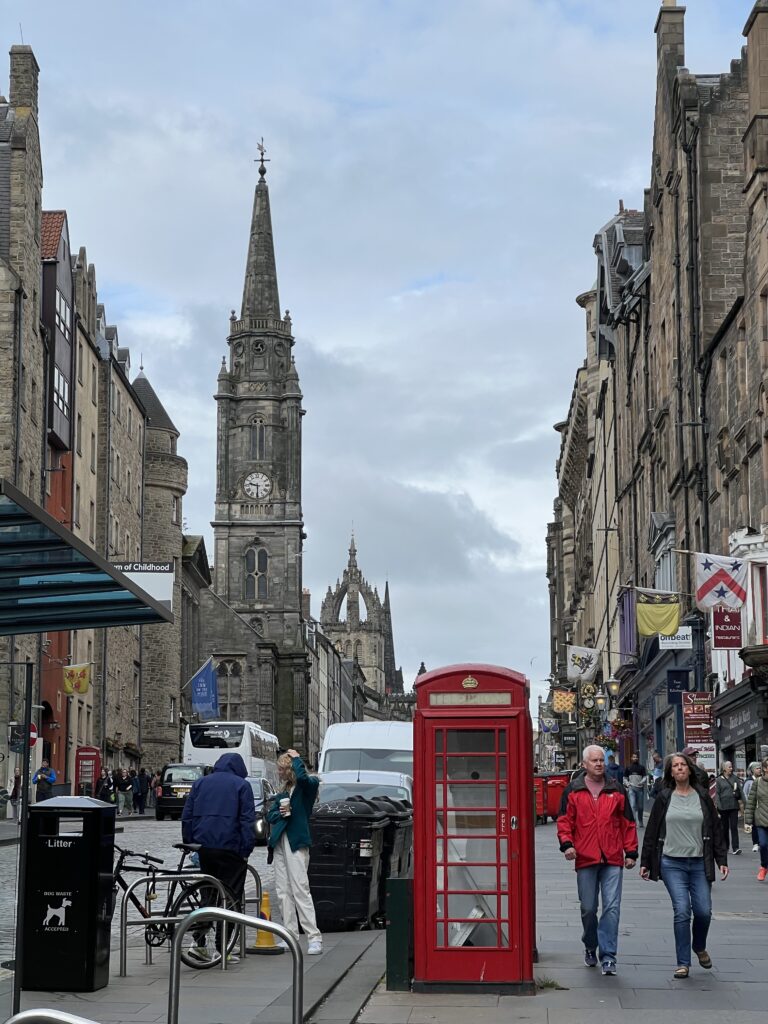
The gathering in Edinburgh involving tattoo refers to the Royal Edinburgh Military Tattoo, which is one of the most iconic events in Edinburgh’s calendar156. It is held annually on the Edinburgh Castle Esplanade and features military bands and display teams from across the globe1356. The event celebrates the skills and talents of military performers, including bagpipers, marching bands, Highland dancers, and motorcyclists1356. The sounds of the bands can be heard throughout the city, followed by the cheers of the audience, the roar of military jets flying over the city, and finally the glorious fireworks that color the night sky1. The Royal Edinburgh Military Tattoo is not related to the Scottish Tattoo Convention, which is a separate event held at the Edinburgh O2 Academy24. The Royal Edinburgh Military Tattoo is a major tourist attraction, and tickets for the event are available for purchase156.
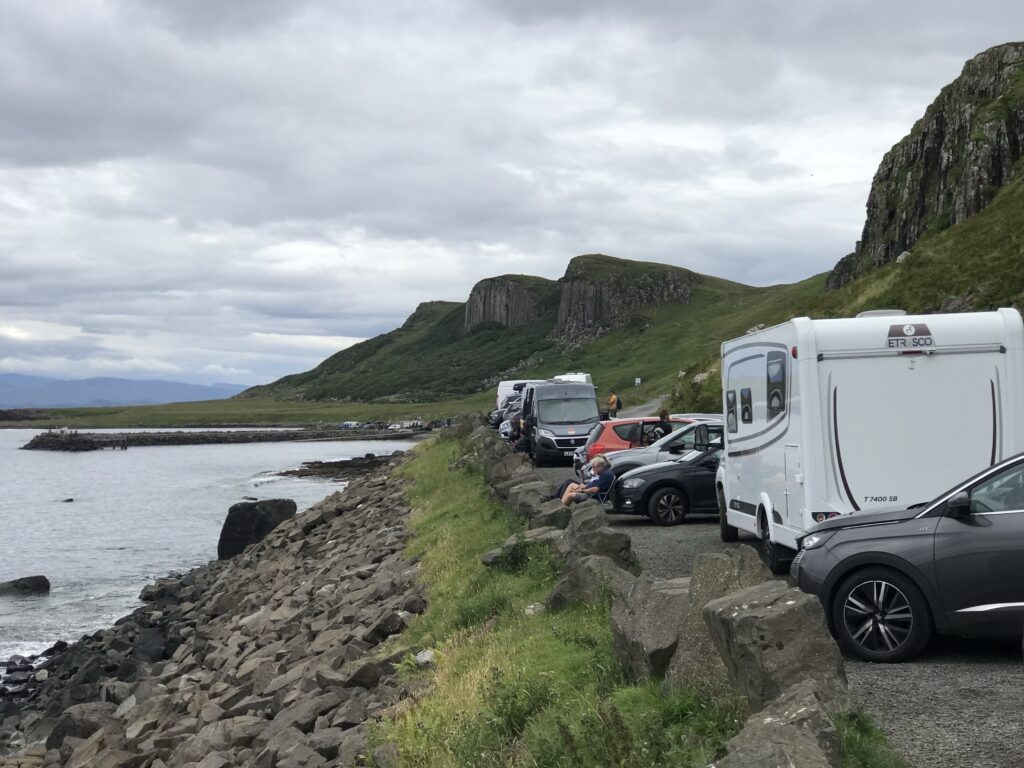
Oh, children of the mist, the MacGregors,
Whose name is known throughout the land,
Their boats may outnumber them in Scotland,
But their legacy is still grand.
Their tales of cattle stealing and blackmail,
Are whispered in the Highlands with awe,
For Rob Roy, the MacGregor outlaw,
Was a legend that history saw.
The moon’s on the lake, and the mist’s on the brae,
And the Clan has a name that is nameless by day;
Then gather, gather, gather Grigalach!
For the MacGregors are here to stay.
Though Shakespeare never wrote of their deeds,
Their story lives on in song and verse,
For the MacGregors are a part of Scotland’s history,
And their legacy is a treasure to be preserved.
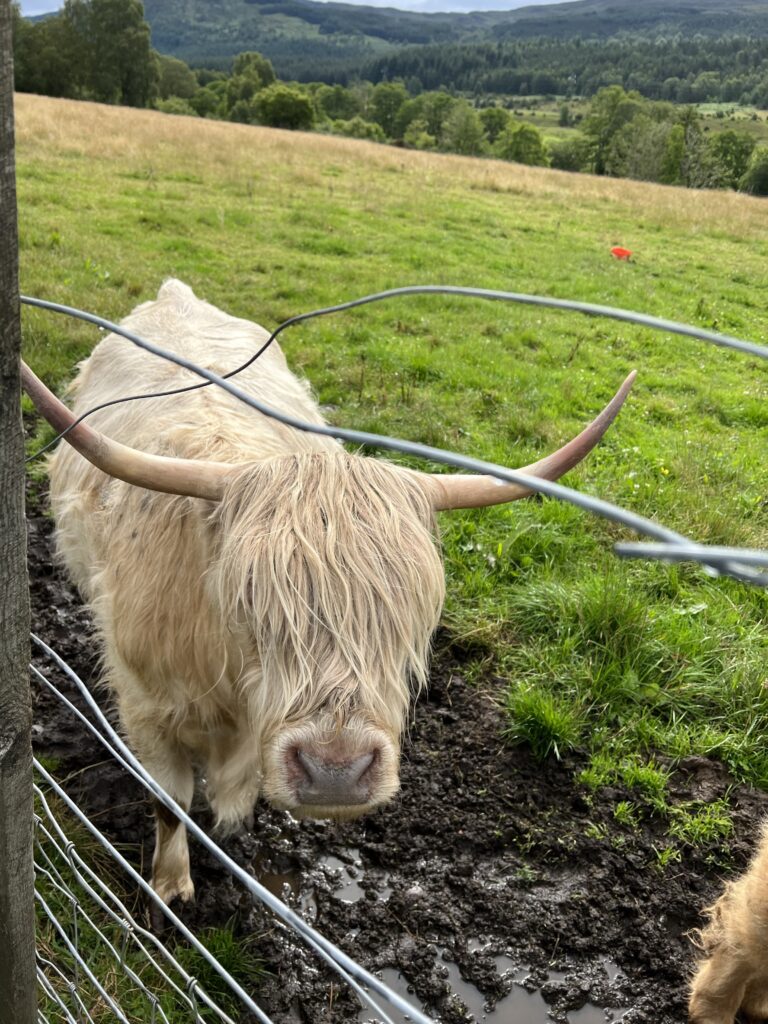
The name Grigalach is significant to the MacGregors as it was their war cry. It was a symbol of their defiance and courage in the face of adversity124. The MacGregors were a proud and resilient clan, and the use of the war cry Grigalach was a way to rally their troops and show their strength in battle.
Grigalach is also mentioned in Sir Walter Scott’s novel “Rob Roy,” which helped to popularize the MacGregors and their history1. While some sources suggest that Grigalach was an alias for the MacGregors, there is little documented evidence to support this claim5.Nonetheless, the name Grigalach remains an important part of the MacGregor legacy and is still remembered today as a symbol of their strength and courage.
In the misty land of Scotland’s lore,
Where MacGregors dwell forevermore,
Their name echoes through the Highland air,
A legacy of strength and flair.
Children of the mist, they’re known to be,
Defiant souls, wild and free,
More boats bear their brand on the sea,
Than MacGregors living, it’s plain to see.
Through history’s pages, their story unfolds,
Surviving hardships, brave and bold,
Dogged endurance in the face of strife,
They’ve carved their place in Scottish life.
Grigalach, the war cry that rings,
Courageous hearts, it proudly sings,
MacGregors gather, united and strong,
Their spirit echoes through the throng.
In tales and poems, their fame is told,
From Sir Walter Scott’s words of old,
Rob Roy, the outlaw, a legend’s name,
Forever etched in Scotland’s fame.
So raise a toast to the MacGregor clan,
A resilient spirit that forever spans,
Through mist and time, their legacy lives,
MacGregors, proud, their story thrives.



https://www.tastingtable.com/img/gallery/15-underrated-scotch-whiskies-you-need-to-buy/intro-1701713019.webp